New to WordPress? Avoid These 10 Rookie Mistakes

If you’re new to WordPress you may already have discovered just how easy it is to install and get started.
The team at Automattic has gone out of their way to make the setup process as simple and user friendly as possible. Some web hosts have taken that simplicity a step further and offer a one-click install for WordPress installations.
Because getting your site online is so simple these days, many key things often aren’t taken care of by new WordPress users. By mistakenly leaving these settings in their default state, new users are opening themselves up to potential problems later in the life of their website.
Let’s take a look at a few common mistakes you can avoid when setting up your website.
1. Not Re-Naming the Admin Account
This is a common mistake made by WordPress users and one that can get you into trouble. Hackers almost always use admin (or some derivative of it) as the user account name when trying to break into your website.
One of the safest things you can do is to give your main site admin account a different name. That can be your name, the name of the person who’s going to be looking after the maintenance of the site, or any other username you can think of.
Just make sure it isn’t admin, administrator, or any of the standard account names you would expect for this type of user.
2. Not Changing the Tagline From “Just Another WordPress Site”
There are themes that don’t display the tagline of your WordPress site and if you use one of them it’s easy to think that you don’t need to change it. However, Google will index the tagline of your site whether it’s displayed or not.
Leaving it there is an obvious way to show you are a WordPress beginner and may attract the wrong type of attention to your site. It is a simple thing to change in your settings — you can find it under Settings > General.
3. Not Changing Your Permalinks Structure
This is a mistake I’ve seen many new WordPress users make. By default WordPress sets the permalink structure to display as the post ID. That means you get a url link for a post that is mysitename/?p=123. It doesn’t look too pretty and it can cause problems with your site SEO.
Instead, change your permalink structure to one that includes the post name. There are a few that you can choose but the most common are Day and name and Post name. You’ll find this option in Settings > Permalinks.
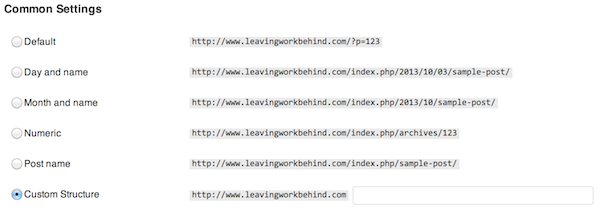
The first of these will add the date folder structure into your URL and can be useful for those sites that are posting every day or that contain news items. The Post name structure is one you see frequently on some of the top sites in the blogosphere. It simply shows https://mysitename.com/post-name/ and is the best way to give your site simple and memorable URLs.
4. Not Deleting the Sample Page
While most people will remove the “Hello World!” post and comment that can be found on it, many people forget or never notice the sample page that is created with the WordPress installation.
It does no actual harm by being left there but Google will index it and it will make you look like a total newbie. The simple thing to do to avoid any issues is to remove the page. It’s not doing anything for you so it has no place in your completed website. Delete it.
5. Not Creating a Great About Page
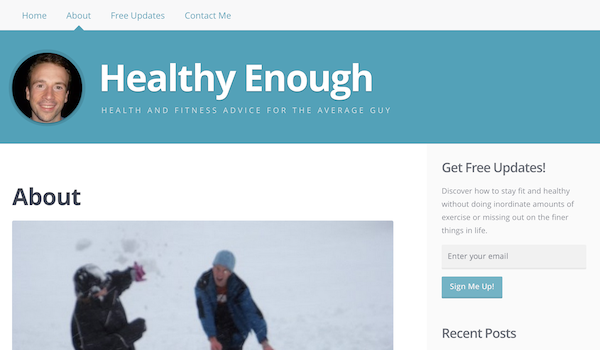
The About page is one of the most important pages on your website.
After your home page it will probably be the most visited page on your site. It is where you share exactly who you are and what your site is about with your readers. The About page is fundamental in telling your story and connecting with readers to make them want to stick around and read your posts.
These days it’s very unusual to find a website without an About page because people are interested in knowing the author or the company behind the site. It’s an easy an effective way to connect with people and every site should have one. But simply creating one is not good enough – you need to make it great.
6. Not Giving Your Readers a Way to Contact You
While we’re on the subject of pages, you need to create one that gives your readers a way to keep in touch with you. There are many ways to do this these days.
You can be very open and include your email address or a phone number, or you can use one of the built in contact forms. The latter allows you to still allow your readers to get in touch but will retain a degree of privacy.
Whatever you decide to add to the page, you should at least have a simple contact form for your readers. In terms of plugins, my number one recommendation is Contact Form 7. But if you want more options, here’s our picks for the best WordPress contact form plugins.
7. Downloading Themes from Disreputable Sources
There are plenty of sites out there that will allow you to download premium themes for nothing and you may think that using them is a good idea. However, you have no idea what else has been added to these themes. Malicious code can quite easily be added into some of the theme files that will open your site up to hackers and spammers.
If you want to use a premium theme then buy it from the official supplier. If you don’t want to spend the money on a premium theme at the beginning of your site, there are thousands of excellent themes out there available free of charge. For example, remember the blog that I mentioned above, Healthy Enough? It runs on the awesome Highwind theme, which is completely free. And there are tons of great free themes available right here on WPExplorer – just checkout our best free WordPress themes.
Installing a theme from an unreliable source isn’t worth the problems you will no doubt experience. It will cost you greatly in the long run.
8. Not Keeping WordPress Up to Date
There is a common problem amongst people who don’t really understand the technical aspects of self-hosting a blog. They think that if you install WordPress, you are done with the technical aspect and you can get on with creating your content. Unfortunately, that isn’t quite the case.
Automattic understands the problem and have made updating WordPress installations a simple one click process so that even the most non-technical person can carry them out.
Updates in the core software plug security holes and fix problems that slipped through the cracks in the development process. If you don’t update WordPress you leave your site vulnerable to hackers and to the possibility that new plugins or themes could break your website.
9. Not Making Regular Backups of Your Site
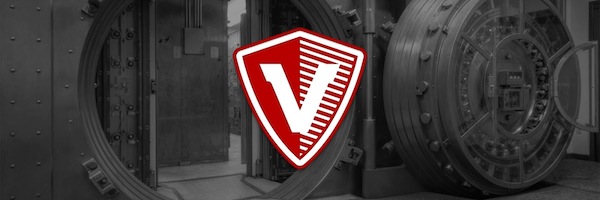
There are many plugins out there that will allow you to create backups of your WordPress installation and database. They range from simple plugins that will zip up the contents of your database and then email you the file to premium plugins such as VaultPress that do a complete backup of your site and give you multiple restore options.
Whichever method you choose, you should always make sure you have a regular backup in case you experience any problems.
10. Installing Too Many (crappy) Plugins
I’ve talked about the problems with installing plugins before. With every plugin you install you risk adding a load to your website and slowing down the page load times if it’s a poorly coded plugin. As well as slowing your site down, you are putting the security of your site into the hands of third party developers with each new plugin. You should make sure that you absolutely need to have a plugin installed before you use it.
Having too many plugins itself won’t cause too many issues, but having too many “crappy” ones will. So be sure to check out the reviews of each plugin you install as well as install each plugin on your site 1 by 1 so you can test and see how it’s affecting your site. In fact 1 poorly coded plugin could cause your site to run slower then 50 well coded plugins. Just be sure when you are adding plugins to your site that you aren’t just dumping them all on there without really testing them first and if possible reading up on them.
WPEngine posted a great article on WordPress Plugins Quantity vs Quality thats really explains everything in detail and will help you further understand what plugins can really cause your site to slow down.
The above mistakes are common among new WordPress users but are simple to avoid. All it takes is a little thought and a little planning before you make your site live and you can avoid a lot of the problems new users end up facing down the line.
Do you have any other advice for new WordPress users? What simple mistakes did you make in the beginning of your site that you wish you could go back and change? Let us know in the comments.
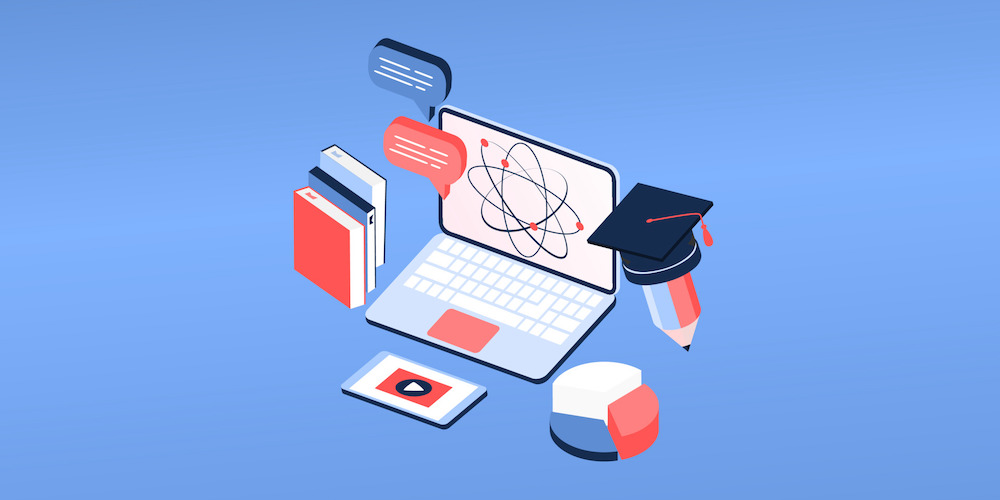
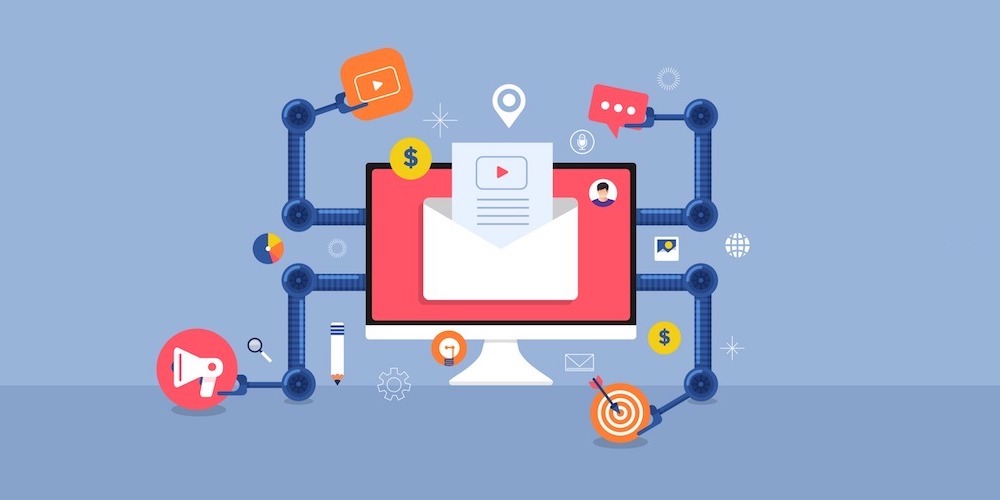
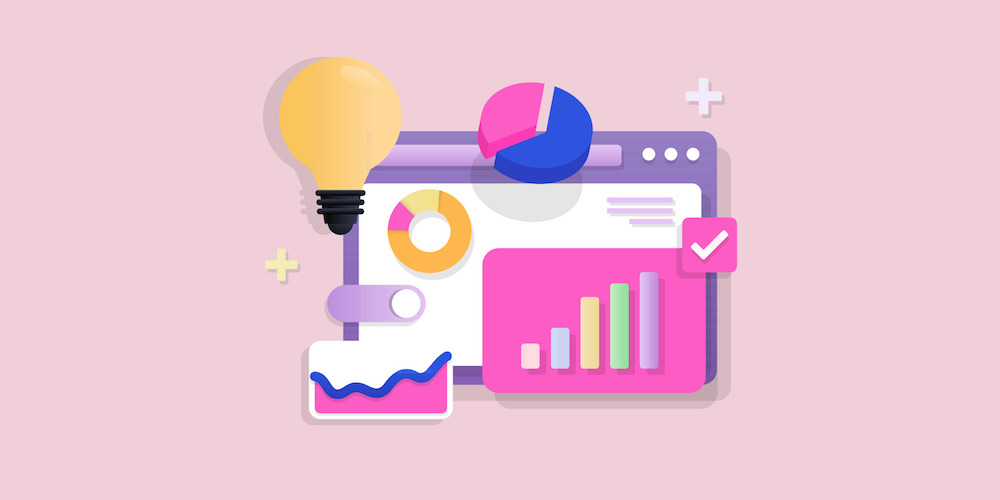
Thank you. Now I have to thank about the quality About page. As I’m newbie, to stop myself not to try many of plugin is difficult 🙁 I like to try any of them. So will only try on test site or local host.
Thank you for sharing.
No problem Emily 🙂
Nice article for anyone new to WP. In #4 it is also a good idea to remove that sample post because many new users forget to turn off commenting ability and will get flooded with spam comments since they know to look for that “Hello World” post page.
I am not so sure about #2? When you say Google will index it, you might be assuming the meta description uses the site tagline which, many times, it does not. If it is not in the code or in the front end display, how would Google access the tagline? Just wondering.
Oh yes good call, the Hello World post should also be deleted 😉
What Tom is saying is that Google will add that sample page to their index and from an SEO point having a page like that without any “real” content can hurt you a bit.
you should also mention
1. How to add nick name for username.
2. How to set comment moderation.
3. How to add feature image.
4. How to set screen option on writing area.
5. How to tick subscriber registration option.
6. Tell not to give admin role to anyone.
7. Always take a note on changes u made in ur site..
Awesome article because I am a newbie! What would help even more is if you show us newbies how to correct these mistakes because as a newbies most of us (me in particular) have no idea how to fix most of them but I’ll go ahead and do some research on each topic. Thanks!
We actually did a follow-up post of sorts – checkout our article on 15 WordPress Mistakes to Avoid at all Costs🙂
Great tips thanks. I’ve suffered and fixed most of those in the past 12m – but I guess I have too many categories and tags. I gave up with caching plugins in the end as I perceived a worsening rather than an improvement! Glad to hear I’m not the only one.
Yep; I think it’s a bit of a risk/reward thing with caching plugins. I don’t consider it a no-brainer to install them. Thanks Trung!
This is a useful and excellent share. Thank you.